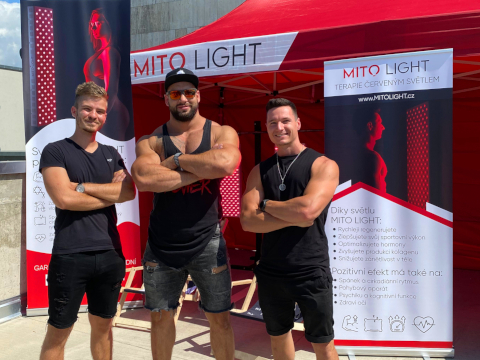Blue light from screens is something we encounter today and every day. But if we are overexposed to it, we can start to suffer from various problems. If you'd rather prevent them, the ideal solution is to get special blue light blocking glasses.

Blue light - is it really bad for us?
Blue light is part of the visible spectrum, the range of colours we are able to perceive. It is electromagnetic radiation with short wavelengths and high energy - it scatters very easily and penetrates the retina of our eye. Most of the blue light we receive during the day comes from the Sun. This is natural to us, and healthy. It keeps us active, improves our cognitive function and controls many important processes in the body - among other things, it very closely influences the rhythm of wakefulness and sleep.
But nowadays, blue light also shines on us from modern technology and various devices, including smartphones, computer monitors, tablets, book readers, televisions and fluorescent and LED lighting. It gives our bodies a false signal that it is still daytime. The body then doesn't make melatonin, our biorhythms are disrupted, and sleep problems are rampant. Whether we're talking about general insomnia, frequent night wakings, or the inability to fall asleep quickly.

What are blue light filter glasses
At first glance, blue light blocking glasses are different from dioptric or sunglasses. As the name suggests, they have specially tinted lenses, whether yellow, orange or red, to block blue light. The colour of the lenses then determines what percentage of blue light the glasses can filter out. While our near-clear ones are 30%, the orange ones always block 100% of it.
Computer glasses against blue light
Clear lens glasses are designed to be worn all day while working at the computer. They are equipped with a special filter that blocks about 30% of blue light, more precisely the most intense part. The rest of the blue light is allowed to work on us, in order not to lose energy and to be productive enough.
But computer glasses also have other advantages:
- they help reduce eye strain
- prevents eyestrain or burning
- can partially prevent headaches
- improve colour contrast

What red sleeping glasses are good for
It is advisable to avoid blue light completely for about 1.5-2 hours before bedtime. Why, you ask? Simply because it keeps us awake and active - it suppresses the production of the "sleep" hormone melatonin, which makes us feel tired, helps us fall asleep easily and is one of the most powerful antioxidants in our body. It is therefore advisable to wear orange or red tinted glasses in the evening and before bed. These can break down 100% of blue light.













